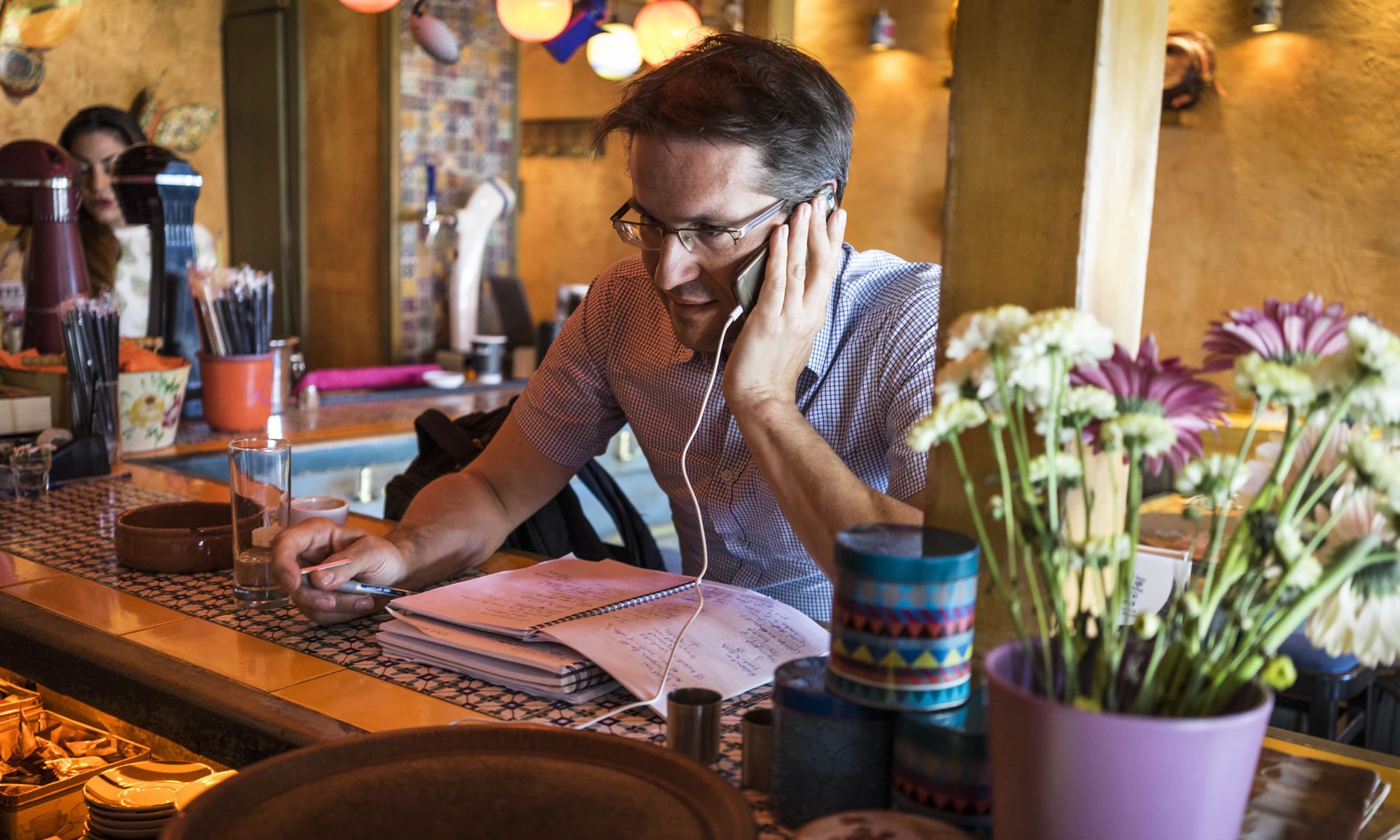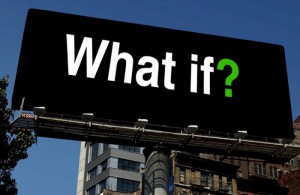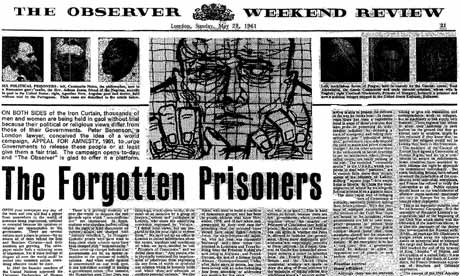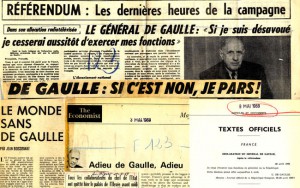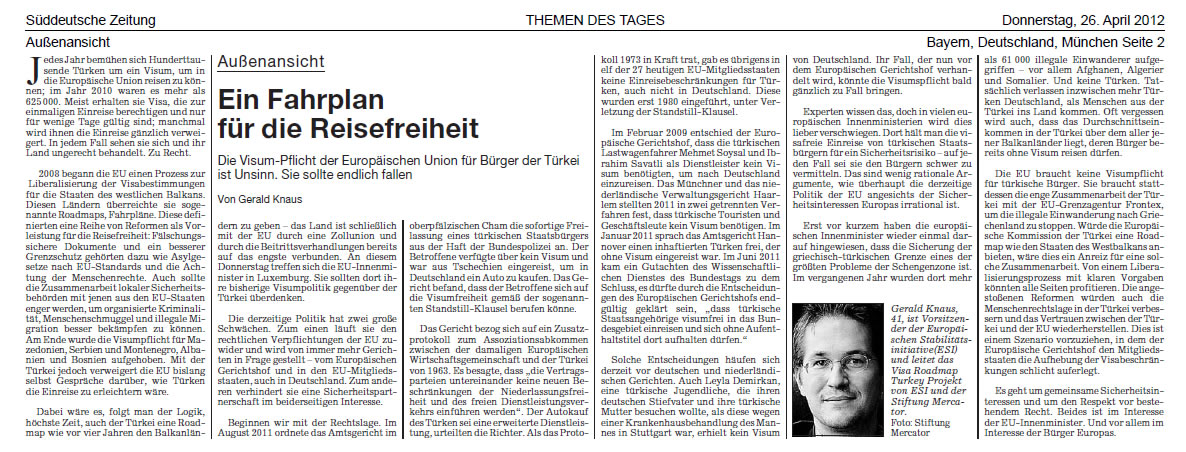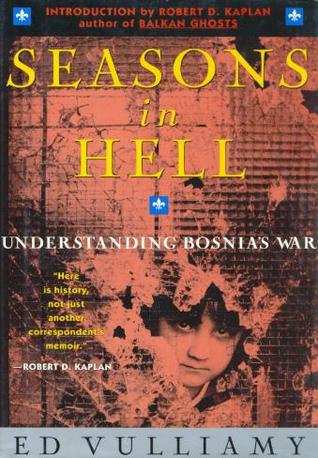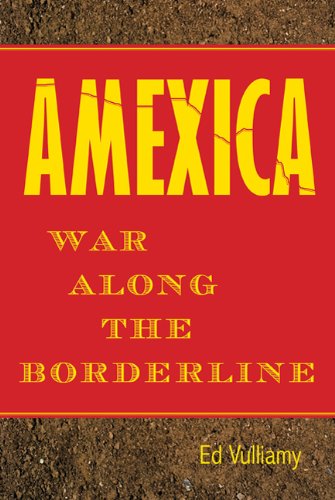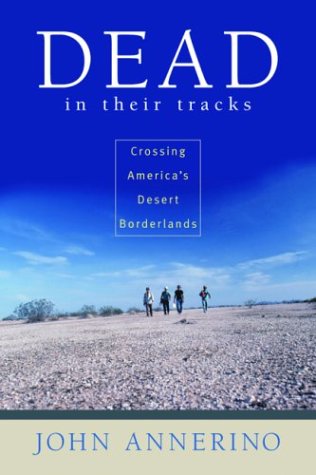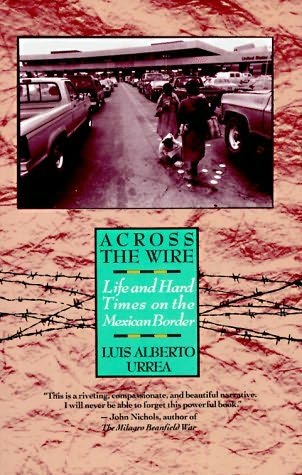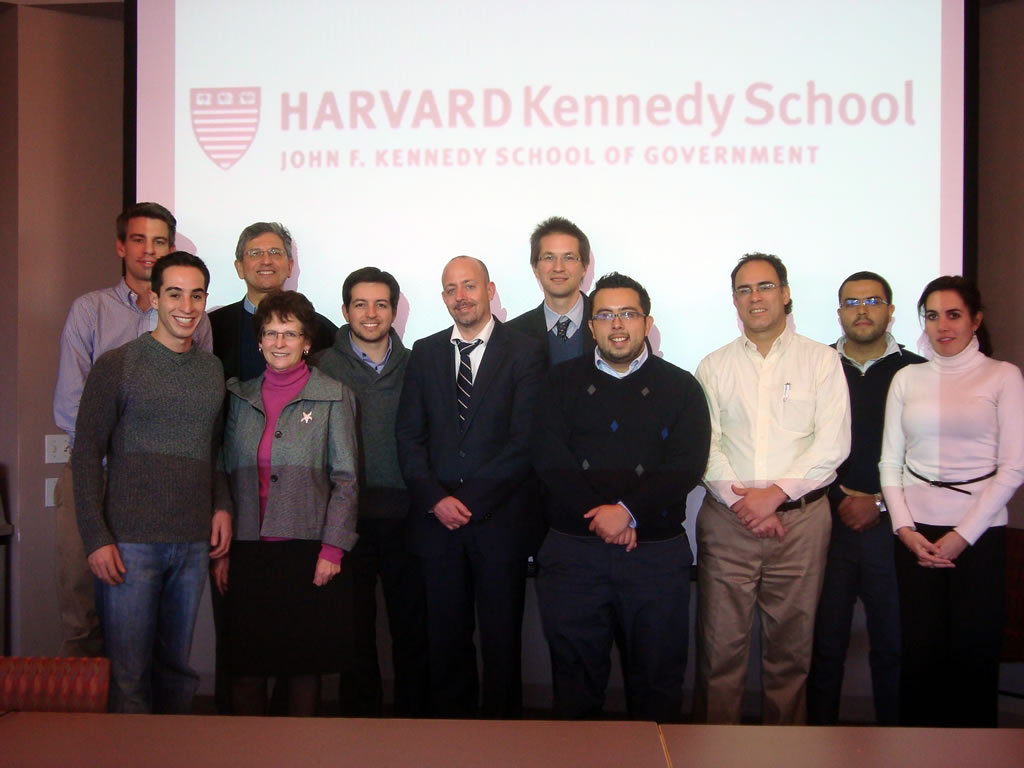You have been involved in a major project titled “The White List Project” on visa liberalization for the Western Balkans and been credited for contributing to its success. Would you tell us about it?
I have lived and worked many years in Bulgaria and in Bosnia and Herzegovina and I remember well the frustrations that the visa requirement brought, particularly for young people. For two decades governments and civil society in those countries complained about visa to the EU.
However, when we started our White List Project in 2006 we realized that you never obtain anything on such a sensitive issue by complaining. To lift visa you need enough votes in the EU Council to change the visa regulation! To get the votes you need to address the fears that EU ministers have about what happens after visa are lifted. If they feel that nothing bad will happen, if they feel they can trust a country, they will take the political risk.
And so we started to do research on how to reduce the risk. We even formed an advisory group of former interior ministers of big EU countries – Italy, Germany, the United Kingdom. When they said that there was only limited risk their colleagues would listen. And we started reaching out to public opinion, and hundreds of articles were written about the White List Project. And in the end this approach worked.
Will it also work with Turkey?
The latest I learned last week is that there is now a proposal on the desk of Foreign Minister Davutoglu that could work: a proposal how to respond to a recent offer by the EU to open a visa dialogue on liberalisation. It has the backing of key Turkish officials and experts, but would also be acceptable to the Commission. So a breakthrough is still possible this year. My hope is that there will be a visa liberalisation process starting in 2013.
The European Court of Justice (ECJ) ruled in the Demirkan vs. Germany case that Turkish citizens may not travel to EU countries without a visa to receive services. With this verdict, do you think the ECJ closes the doors for visa-free travel for Turks in the European Union member states?
No, I do not think so. One door has been closed by the ECJ: it is now clear that it will not be possible to obtain visa free travel for Turks through the courts. But another way, the one taken in recent years by all other countries of South East Europe, remains open, and that is to get rid of visa through a process of negotiations between Turkey and the EU, a “visa dialogue.” The sooner this process starts now, the better.
The Balkan countries received in 2008 roadmaps which involved a lot of conditions for visa liberalization. How successful they have become in fulfilling the expectations?
The image of many of these Balkan countries in 2008 in some EU member states was very bad. They were seen as a source of all problems: illegal migration, organized crime, instability. Each of these countries is small but remember: there were then an estimated 700,000 illegal immigrants in the EU just from small Albania. No other region generated as many refugees to the EU in recent decades.
So the key challenge for the Balkans was to build trust, and the way to do so was through reforms, yes, but above all through contacts with EU counterparts, in the police, in customs, in interior ministries, on the working level. And so the Balkan governments made fulfilling the requirements of the visa roadmap a top priority. And then they surprised skeptics. When German or French interior ministry officials came to Albania or Macedonia as part of the visa dialogue to check what was happening, and left impressed by what they had seen, this was worth more than ten speeches on visa by a Balkan foreign minister.
What is the importance of the roadmap given to Turkey by the Council of the European Union at the end of last year toward a visa-free regime?
There is absolutely no reason that exactly the same happens in Turkey as happened in the Balkans if a visa liberalization dialogue would finally begin, which it has not yet! Sometimes I am told in Ankara that Turkey is different from the Balkans: it is bigger, there are more prejudices in the EU, etc …But in reality Turkey is different in a way that is good for Turkey: the per capita GDP in Turkey is higher than in allBalkan countries which had the visa lifted, including Bulgaria and Rumania. And the EU allows already now more than 1 million holders of Turkish green passports visa free travel and there are no problems.
The real difference between the Balkans and Turkey is how governments approach the visa dialogue. The Balkan countries took the roadmap, set out to fulfill the conditions, and made very effective advocacy to convince skeptics in Berlin and Paris and Brussels. Until now Turkey feels that the EU cannot be trusted and hesitates to even sit down. The other difference, of course, lies in the results of these two approaches: today all Albanians, Macedonians, Serbs travel without a visa.
What developments have occurred since the Council of the European Union gave the roadmap to Turkey?
More time has been lost. In the case of the Balkans the visa liberalization dialogue lasted 2, at most 3 years before visa were lifted. Turkey was presented a roadmap in summer 2012, but there is still no dialogue. The main reason is that Turkey does not want to sign a readmission agreement with the EU, something all Balkan and all East European countries have done. A readmission agreement commits Turkey to take back from the EU illegal immigrants who cross into the EU through Turkey.
There is a fear in Ankara that this might involve tens of thousands of people. But this is just wrong. We did a detailed study of all readmission agreements in the world that the EU has made and the total of all readmission cases every year for all of them together are a few hundred. Even if there would be 4,000 readmission requests to Turkey in a year – which I do not believe – this would not be a problem. Turkey arrested tens of thousands of illegal migrants inside Turkey every year and hosts hundreds of thousands of Syrians. In addition for the first three years the readmission agreement with the EU does not require Turkey to take back more illegal immigrants than it wants to, there is a three year transition phase! So our recommendation is: Turkey ratifies this agreement, starts the visa dialogue, sees how many requests come, sets its own limit on how many it will accept. It should also set the EU a deadline: if by the end of 2015 we do not have visa free travel, we will cancel the readmission agreement.
Turkey was also expected to fulfill some conditions for visa liberalization including biometric passport, integrated border management and signature of the readmission agreement. Where does Turkey stand in regards to what it’s been expected to do?
There is a lot that Turkey has done, and there is a lot that remains to be done. Take integrated border management. It is in Turkey‘s own interest to control its borders well. There is a lot of experience on this in the EU. I just returned from Finland, which has a very long land border and a sea border with Russia, and a very experienced Border Service. Turkish border officials know the Finnish system, they studied it, but so far they were not able to carry out the same reforms. Why? Because it involves changing the roles of the police, customs and especially the armed forces which still do a lot of the land border control in Turkey. And no institution likes to give up any influence. So the result is that Turkey has good plans but still has a very inefficient system. This can change, easily. If Albania or Serbia can reform border management, Turkey can do it for sure! But it requires a political push from above. It must be a priority.
In an article titled “The Future of European Turkey” on June 17, written on the Gezi protests, you expressed concern about Turkey’s future and its EU integration. Would you share those concerns with us?
It is normal for a democracy to see protests over big construction projects: this happens in Germany, in Austria, even in Sweden. Sometimes, when police intervenes to stop protests there are clashes also in European countries. I have lived in Berlin, where this happens every 1 May. What shocked European observers about the handling of the Gezi protests was the unnecessarily aggressive response by the police. Even on 1 May you do not see the whole center of Berlin under a huge cloud of tear gas for weeks. What also surprised many observers was an official rhetoric that described all these protesters as “terrorists.”
When such events happen in the middle of the tourist season in the center of one of the most visited cities in Europe it is obvious that media interest will be huge and the Gezi protests were headline news for weeks. And if read what was written in European papers you see a consensus, from the right to the left, from Turkey’s oldest friends to the biggest skeptics, that this was very badly handled by the authorities.
What do you observe about Turkish government’s and Turkish citizens’ attitudes about their beliefs in regards to a common European future?
I see a paradox.
On the one hand there is a tradition in Turkey of distrust of outsiders, rooted in history, in the education system and in political rhetoric. Remember, already in the late 1970s there was a great opportunity for Turkey to join the European Community, together with Greece. Then it was the left and the right, Ecevit and Erbakan, who were opposed to submitting even an application. This skepticism can be found across the political spectrum, then, and now.
But on the other hand you have a new Turkey: the new middle class that wants their children to learn foreign languages, that wants to travel, the new entrepreneurs who want to expand and compete and upgrade their technology, the tourism sector that is now world class and sees many more opportunities, and millions of students who want to do what European students do, get on a cheap flight and visit other European countries for a few days. In all these groups people are also frustrated with the EU, but they see that in many ways Turkey is already part of an integrating Europe. Europe is where most foreign direct investment, most tourists, and most ideas come from, and Europe is where most Turks who live abroad live today. It is Europe, not Syria or Egypt, that is the stable partner. So there will be a common European future, because there already is a common European present. The real question is whether the new generation of Turks can experience the rest of Europe easily, which is why the visa obligation is such a problem. If there are more contacts between people there will be more trust. This happened between Poland and Germany in the past two decades, and it can happen between Turkey and the EU as well
To find our more: recent ESI publications on the Turkish Visa issue:
